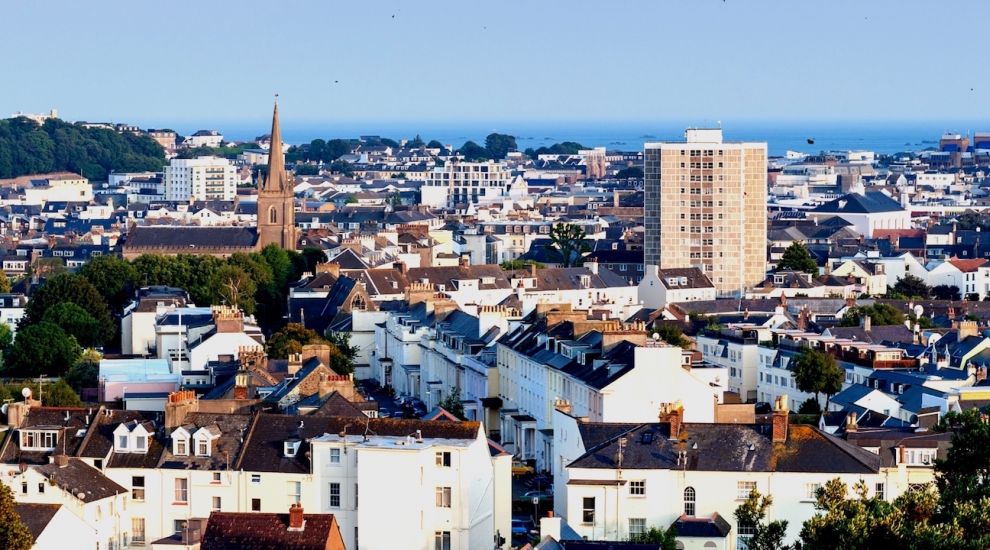


An average of 140 new units of accommodation each year would be required if inward migration grew annually by 325 until 2040, according to new figures published this morning.
The latest Household and housing needs projections, covering the period from 2023 to 2040, show the impact of five different migration scenarios on housing needs from a net loss of 100 people annually at one extreme to an annual net increase of 1,000 at the other.
Using information about types of household from the last census, the report applies population projections under these scenarios to different household groupings to derive what it describes as “an objective assessment of future housing needs over the period”.
The government’s population projections describe an annual net migration increase of 325 as the scenario which “achieves the closest to a stable total population level, with a relatively low level of overall growth (an increase of less than 10% over the entire projection period)”.
Adopting that figure, the population of 103,600 in 2023 would rise to 106,500 in 2040, with the number of private households rising from 45,170 to 47,620 in consequence.
Statistics Jersey have today published the report: Household & housing needs projections 2023-2040. Find out more and read the report: https://t.co/quiKTTiS08 pic.twitter.com/pifUs2FEHd
— Statistics Jersey (@JsyStats) March 20, 2024
This would require an average of 70 additional qualified/entitled units and 70 registered units over the period, the projection shows.
The report states: “This assessment is based around the existing distribution of property type to households as observed in the 2021 census. It is based solely on the projected demographic change and assumes that the distribution of households to property type / size remains the same as was observed at the time of the census.”
The projections - to be distinguished from forecasts because they simply assume a continuation of current trends relating to of fertility, mortality, migration and household make-up under the different scenarios – should be considered “an estimate based on recent trends to inform decision making”, the report states.
It also addresses the impact of more extreme movements into and out of the island.
If there were to be annual outward immigration of 100 - in other words, 100 more people leave Jersey than arrive each year - the population would fall from an estimated 103,200 in 2023 to 97,800 by 2040, reducing the total number of private households from 44,950 to 43,560.
In turn, annual demand for accommodation would fall by an average of 60 qualified/entitled units and 30 registered units under this scenario.
At the opposite extreme, the projections show the impact of annual net inward migration of 1,000 which would take the population from an estimated 104,300 in 2023 to 120,300 in 2040, driving up the number of households from 45,530 to 54,050.
Here the impact on housing needs would be to increase annual demand for qualified/entitled units by an average of 280 per year and for registered units by 220 over the period of the projection.
Statistics Jersey’s latest report on Household and housing needs updates its previous analysis published in 2016, covering the period 2015 to 2035, which assumed a population of 102,700 at the start of the period. That figure is close to the baseline figure in the current report which is informed by the latest census data.
Comments
Comments on this story express the views of the commentator only, not Bailiwick Publishing. We are unable to guarantee the accuracy of any of those comments.